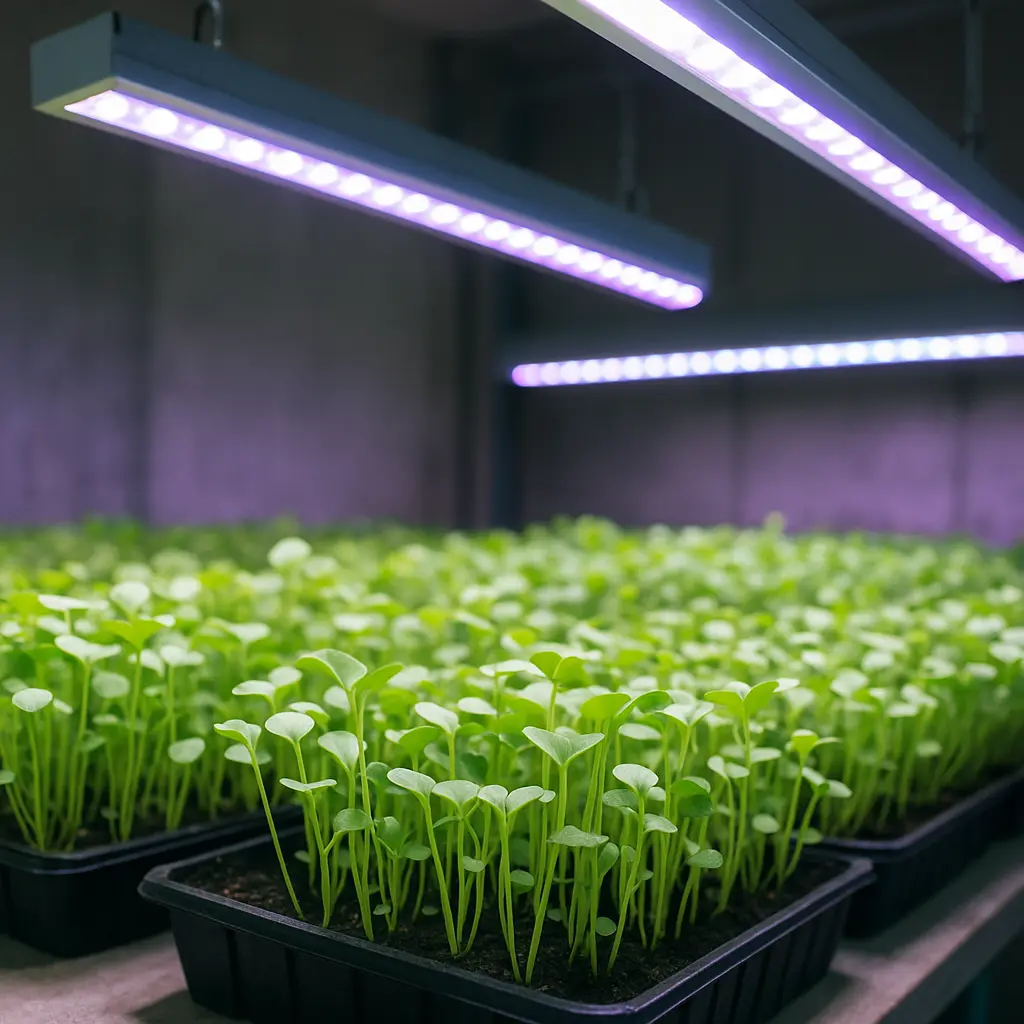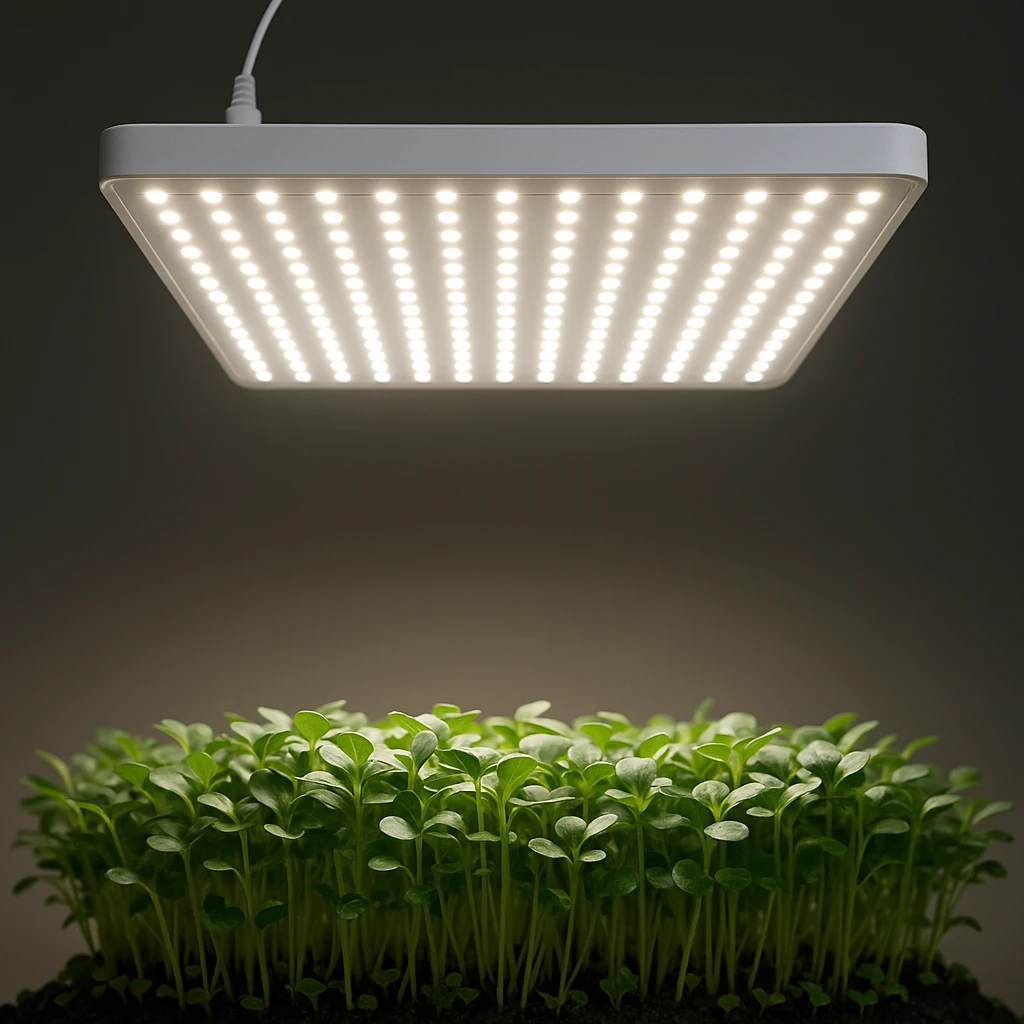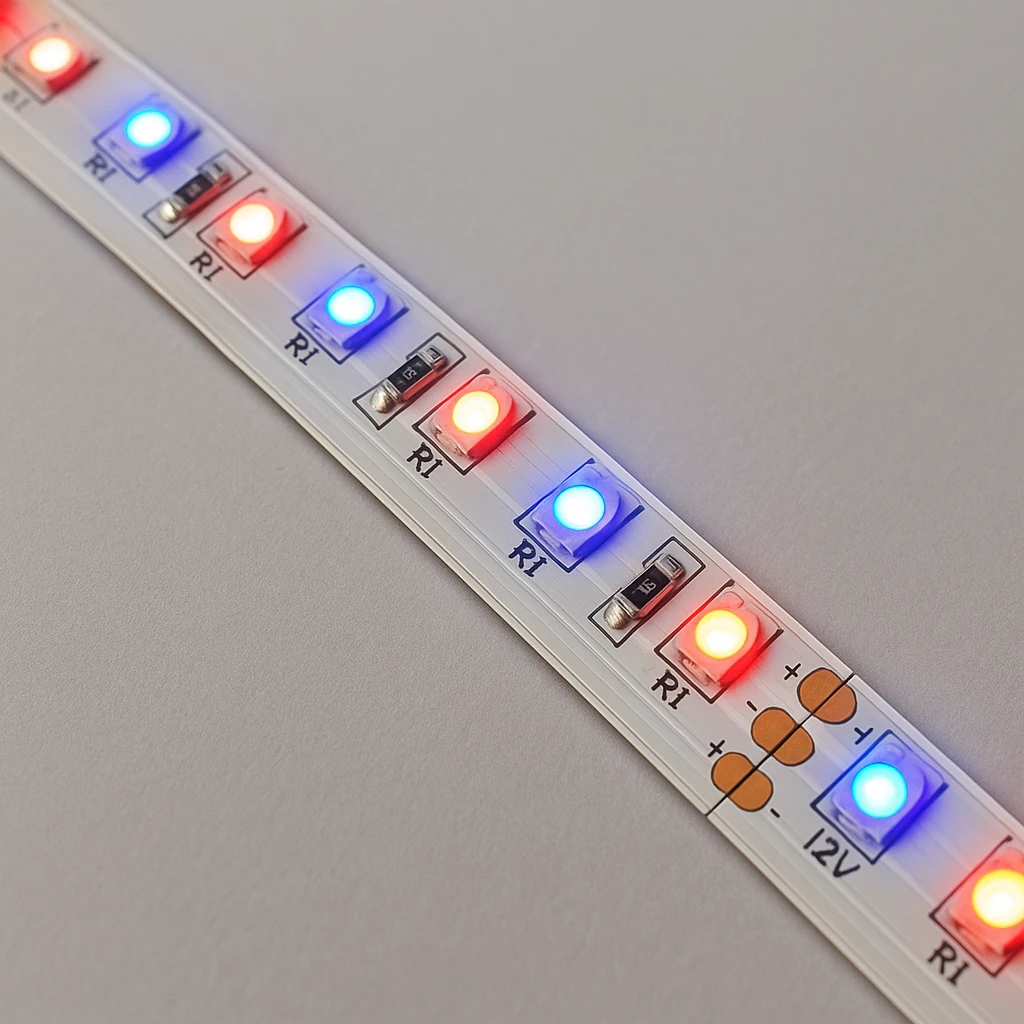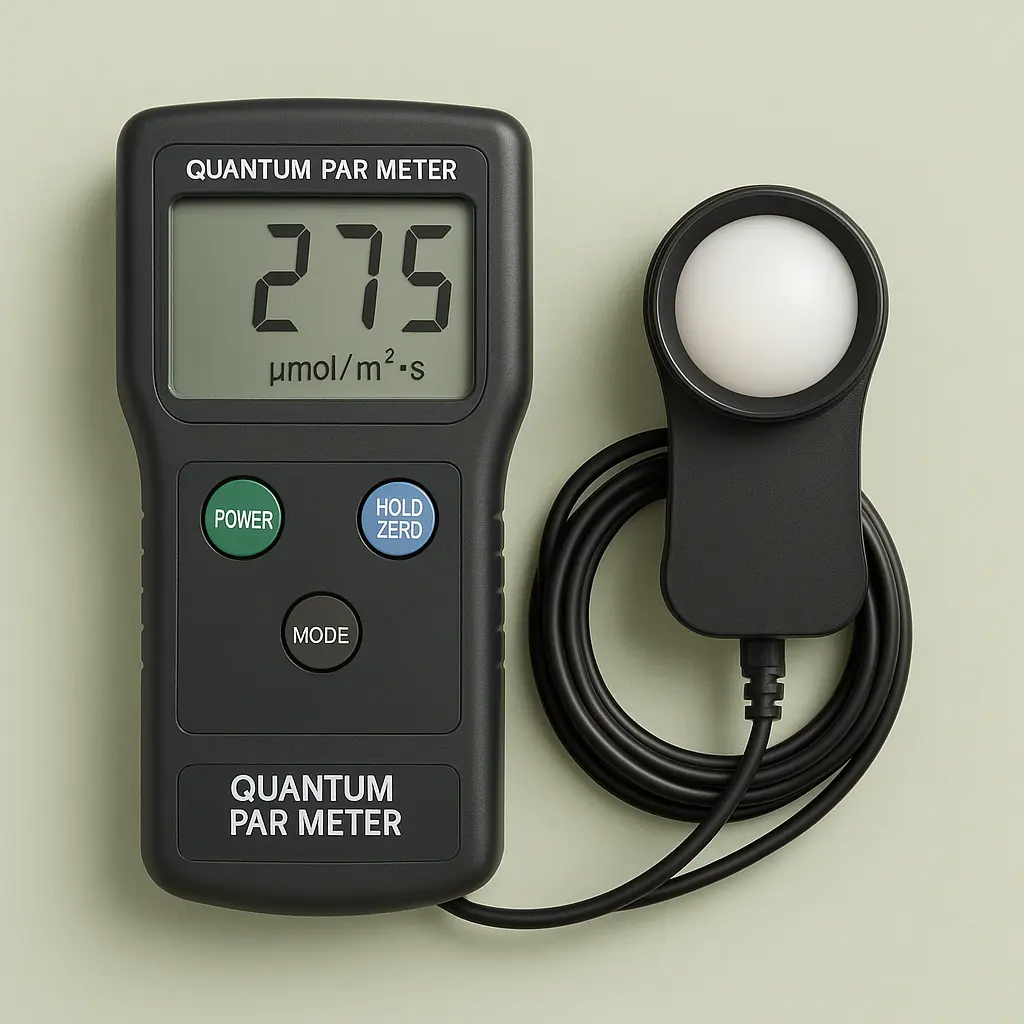
Everything you need to set up LED lights for healthy, fast microgreens. Learn spectrum essentials, optimal intensity and timing, and our top fixture picks.
1. Understanding Light Spectrum
Microgreens thrive under specific wavelengths. Full-spectrum LEDs mimic sunlight, but blue (450-495 nm) and red (620-700 nm) peaks drive photosynthesis most efficiently. Aim for a balanced white (4000-5000 K) or a dual-band LED for maximum growth.
- Blue LED (450 nm): Encourages compact, sturdy growth.
- Red LED (660 nm): Drives flowering and biomass increase.
- Full Spectrum: Best all-rounder for uniform color and nutritional quality.
2. Intensity & Duration
- PAR Levels: Target 100-150 µmol/m²/s at canopy height for most microgreens.
- Photoperiod: 14-18 hours of light per day; 6-10 hours of darkness promotes resilience.
- Distance: Keep LEDs 6-12 inches above trays to maintain intensity without heat stress.
A simple timer and an inexpensive quantum PAR meter will help you dial in these ranges for consistent, vibrant results.
3. Setup Guide
- Choose your fixture: Rails, panels, or bars-pick one rated for classroom or horticulture use.
- Mounting: Secure at a height that delivers your target PAR without hotspots.
- Power & wiring: Use a surge-protected strip and timer; ensure good airflow.
- Tray placement: Arrange trays so leaves don't block each other and rotate weekly.
4. Top LED Recommendations

A 24"x12" panel delivering 150 µmol/m²/s at 8"-great for small trays. Brands: Spider Farmer SF-1000, Mars Hydro TS 600.

Combine blue and red strips for a compact DIY setup. Look for 660 nm + 450 nm wavelengths and dimmable drivers.

Sekonic C-7000 or handheld models from GrowLight Meters. Essential for measuring µmol/m²/s at canopy level.
More in the Plant Zone
Frequently Asked Questions
Ask a Question
All questions are reviewed before publishing.
Expert Take
"Optimizing both spectrum and intensity is key to uniform, nutrient-dense microgreens," says agronomist Dr. Lina Patel. "Even budget fixtures can outperform sunlight when properly tuned."
